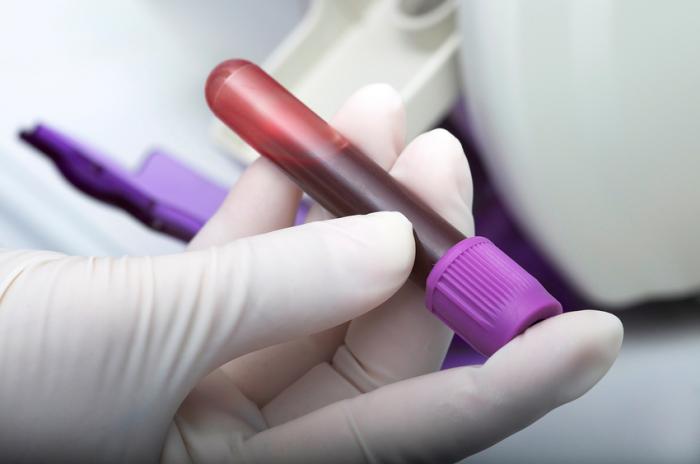WASHINGTON: In order to restrict the spread of diseases such as Zika and dengue, researchers have developed a platform that can analyse clinical samples from patients to diagnose infection by 416 viruses found in the world’s tropical regions.
In addition to the pathogens, the platform detects others that as yet have been identified only sporadically but could become epidemics.
Examples include Mayaro, an alphavirus related to chikungunya that is transmitted by wild mosquitoes such as Haemagogus janthinomys.
“The number of patients with suspected dengue, Zika or chikungunya infection will increase when summer arrives,” said Victor Hugo Aquino, professor at the University of Sao Paulo (USP) in Brazil.
“Conventional methods are frequently unable to confirm diagnosis of these diseases, so we don’t know which viruses are circulating,” said Aquino.
In his view, if a tool like this had been available when Zika began circulating in Brazil, it might have been possible to restrict its spread to the initial outbreak location.
“We took a long time to realise an epidemic was under way because no one was thinking of Zika at the time,” he said.
“There are several other viruses that have not yet caused problems in humans but may do so one day,” Aquino said.
“They are evolving all the time, and with the degradation of natural environments infectious agents once confined to natural niches could spread farther afield,” added Aquino.
Although the platform is designed above all to detect pathogens transmitted by arthropods such as mosquitoes and ticks, it can also diagnose infectious agents transmitted by small mammals, like hantavirus.
Aquino explained that the selection encompasses all viruses occurring in tropical regions with DNA sequences deposited in GenBank, a public database maintained by the National Center for Biotechnology Information (NCBI), which is part of the US National Library of Medicine (NLM).
The platform consists of a DNA microarray slide with eight identical sub-arrays containing viral probes replicated at least three times to complete the array with 15,000 probes.
Each probe contains the sequences for 60 nucleotides that are complementary to the genomes of the viruses to be detected.
According to Aquino, the sequences were mounted on the basis of information from GenBank using bioinformatics.
“If a blood sample contains one of the 416 viruses included on the microchip, the pathogen’s genome will bind with one of the probes to produce a marker that can be detected by a scanner,” Aquino said.
The device that reads the results is the same as that used in microarray assays for the analysis of gene expression.
The validation tests do not point to cross-hybridisation, which produces a positive result for more than one infectious agent and hinders correct identification of single viruses.
The study was published in PLoS Neglected Tropical Diseases. (AGENCIES)
Trending Now
E-Paper


